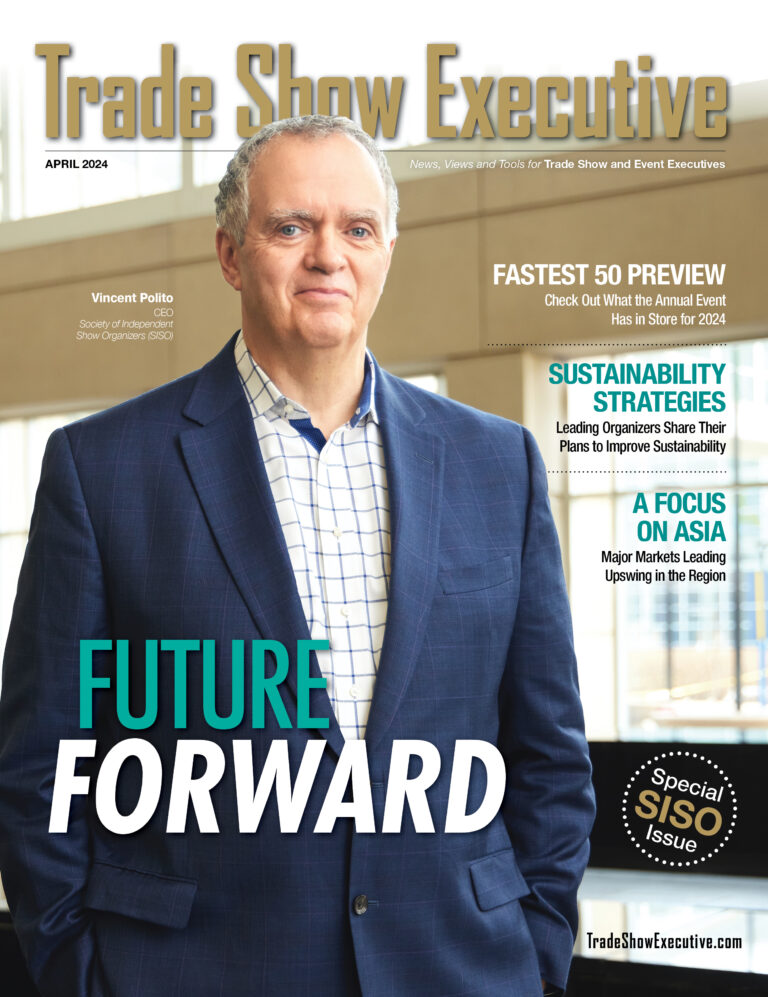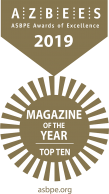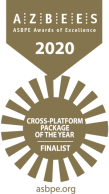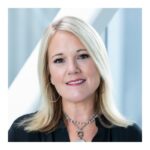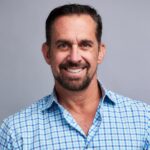NEW ORLEANS— Does the Collision Conference offer a peek into what the future of trade shows might look like for Millennials or even new Gen Z-ers entering the workforce? Event founder Paddy Cosgrave hopes so. This fast-growing, five-year-old event has generated a ton of media hype with high-profile speakers like former U.S. Vice President Al Gore, actress Sofia Bush, actor Damon Wayans and Microsoft President Brad Smith — none of whom were paid.
SellCompare website
Collision 2018, held May 1-3 at the Ernest N. Morial Convention Center, featured 400 speakers, 25,000 attendees and 600 startups across a wide range of sectors — tech was of- ten the common thread. The event attracted a variety of attendees, including: executives from some of world’s largest companies like IBM, Oracle and Amazon Web Services; founders of startups who organizers said were “vetted and selected from tens of thousands of applications;” investors looking for the next big deal; and media outlets like the Wall Street Journal, FOX News and the Huffington Post.
Cosgrave, whose company is based in Dublin, said Collision is the North American version of Web Summit, an event launched in 2009 that attracted 60,000 attendees to Lisbon in 2017.
Collision looks different than most B2B trade shows.
“It’s not like a Walmart, which is designed for super-high volume,” Cosgrave told Trade Show Executive. “For a lot of trade shows, it’s optimal for organizers to have these huge, long corridors, which is an efficient way
of doing it, but it’s not the best experience. If you look at an Apple store and how it’s designed, it’s about beautiful little islands, where site lines are greatly improved. We build our exhibitor stands on our own to our own specs to keep them consistent and below a certain level.”
Design is only one element that sets Collision apart. There was no carpeting on the exhibit floor, and startup exhibitor stands were constructed from plywood. There was limited signage and decor in the building.
The event’s growth has been driven by network science, said Mike Sexton, CMTO, Web Summit. Collision hired applied statisticians, engineers and physicists with a back- ground in systems and network analysis.
“We use algorithms to figure out how people know each other and if they are connected through social networks,” said Mike Harvey, Head of Communication for Web Summit (who has since left the company). “We use data to suggest meetings for investors and startups, office hours and mentor hours. It’s not completely automated, but there’s a lot of data science going on in the background to make sure attendees and exhibitors understand who they should meet.”
Startup Status
Launched in 2014, Collision is the umbrella under which 12 other conferences take place over several stages with sectors that include artificial intelligence, automated and connected vehicles, data, security, design, investment, software development, marketing, music and sustainability.
After spending two years in Las Vegas, Collision moved in 2016 to New Orleans, where it has been held for the last three years between weekends of the New Orleans
International Jazz & Heritage Festival. While most event organizers wouldn’t even con- sider competing for hotel rooms with this popular tourist event, Cosgrave embraced it. In fact, organizers marketed Jazz Fest as an attendee draw. That strategy appears to be working. “We had about 10,000 attendees in 2016 in New Orleans,” Harvey said.
Do It Yourself
Touting itself as “the anti-CES,” Collision handled all logistics and operations in-house without using an official service contractor, furniture rental companies, registration vendors or other suppliers.
“A large production team goes from city to city, and we use in-house designers to create the look and feel for our brand,” Harvey said. “We have a template of how the event runs. There’s a mix of content on stages, work- shops, sponsor stands and networking. In each instance, we are developing something that enhances the attendee experience.”
Collision provides the platform, but the customer controls the experience. Attendees find their own lodging and transportation to and from the convention center, and set up networking and plan their own meals. There were no hotel room blocks, no shuttles and no catered events during the three-day conference.
But that doesn’t mean there weren’t networking opportunities. Each evening, Collision hosted Night Summit, meet-ups for attendees at bars and other venues in the city. From 8 p.m. to 12 a.m. on day one, for example, Night Summit took place at two venues in the Warehouse District. The first 100 guests at Republic NOLA enjoyed live music and free drinks.
“It’s not a 9-to-5 event,” said Harvey. “The culture and vibe of city is import ant to the event as we host pub crawls and night events.”
Companies interested in exhibiting applied with Web Summit, which vetted the startups and placed them into one of three categories — alpha, beta and growth— based on a number of factors such as size and revenue. Startups paid about $745 for one day of exhibition and three registrations that granted them access to the event for all three days.
Each night after the show closed, companies in the startup booths were changed on a daily basis. The basic stands consisted of a 3-foot wide countertop, electrical and signage. With new startups every day, the floor plan offered an opportunity to generate more revenue and attract participation from many startups, but it could be challenging from an operations perspective. There were also a handful of traditional booths by larger companies like IBM and KPMG.
Data Delivers
Exhibitors and attendees downloaded the proprietary show app to get a QR code for registration. On site, each person received a wristband and a traditional badge to access the show floor. App users could sync the attendee list with their contacts on Facebook and Twitter to find out if anyone they knew was at the event.
The app also made meet-up recommendations. Attendees and exhibitors could scan their badges and communicate with each other through a chat feature in the app. Organizers use data to develop a list of potential speakers. Over the course of three days, 400 speakers gave presentations ranging from 15 to 30 minutes. All content took place on the show floor, where there were six main stages and several smaller ones.
Speakers were given exclusive access to a speaker lounge inside a Spiegel tent on the show floor that had plenty of seating, was stocked with complimentary food and beverages, and provided opportunities to network. In addition, event organizers facilitated office and mentor hours.
What’s Next
On the first day of this year’s event, organizers announced Collision would move from New Orleans to Toronto from 2019 through 2021. Next year’s event will be held May 20-23 at Enercare Centre in Toronto.
American politics seem to have factored into the site selection decision. “At the very moment when some countries around the world seem to be shutting their borders, when intolerance is on the rise, Toronto stands for diversity and inclusion,” Cosgrave said. “It’s true that some international tech entrepreneurs have been denied visas to attend Collision in New Orleans in recent years. At the same time, Canada now
fast-tracks international work visas.” According to organizers, Collision is expected to attract more than 90,000 attendees to Toronto over the next three editions, with an economic impact of $147 million. That might or might not be a stretch.
“Toronto ranks as the largest tech sector in Canada and the third largest in North America,” said Laura Purdy, Acting General Manager, Sales & Event Management, Enercare. “The tech sector employs 401,000 people, accounting for 15% of all Toronto jobs and 18,000 tech companies — outpacing the 2016 growth of New York and San Francisco combined.”
While Toronto has a broader base of local tech startups and entrepreneurs than New Orleans, the show could experience a decline in U.S. attendance when it moves across the border. Show organizers declined to comment on the number or percentage of U.S. and international attendees at the event. “Airlift was also key issue,” Harvey said.
The day Collision announced it was leaving New Orleans, Revelry Labs founder Gerald Ramos announced he was launching INNOConf to fill the gap. INNOConf is scheduled for April 29-May 2, 2019, between the weekends of Jazz Fest. Whether this new event will compete with Collision remains to be seen. Regardless, it will beinteresting to see how this model plays out in 2019 and beyond.
Reach Mike Sexton at+353879665191 or mike.sexton@websummit.com; Laura Purdy at (416) 263-3020 or lpurdy@explace.on.ca; Danica Tormohlen at (816) 803-8103 or danicat@tradeshowexecutive.com
